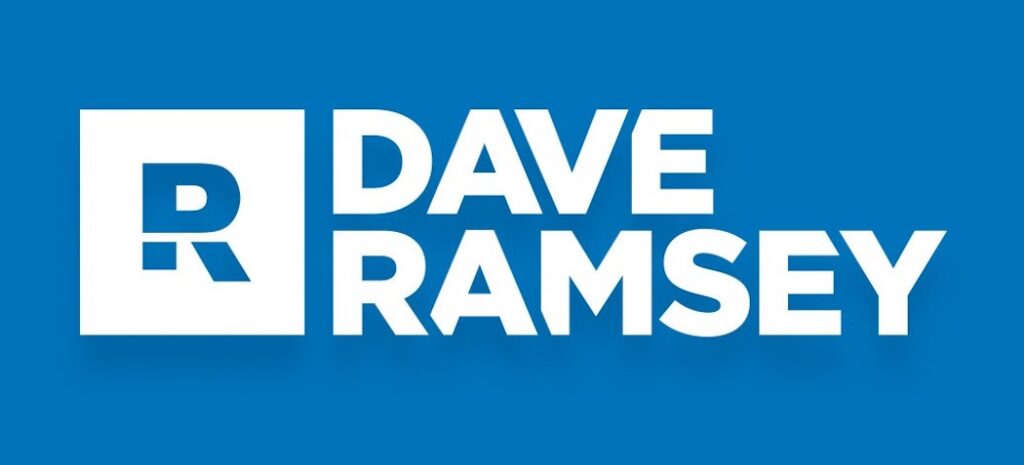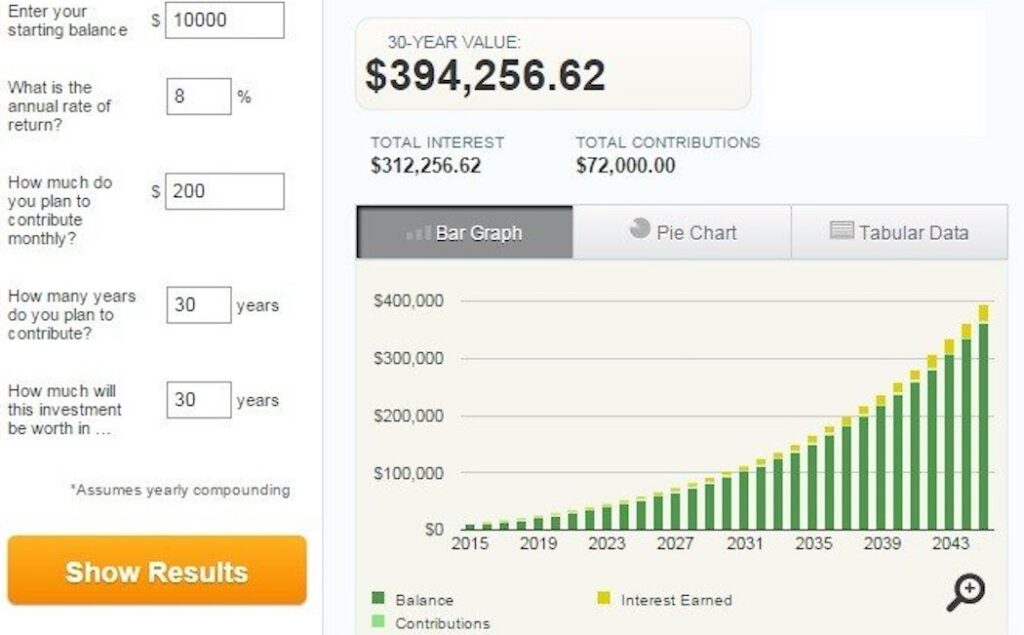
Retiring early is a tantalizing dream many of us share. While society typically pegs retirement around 65, stepping out of the workforce in your 50s, 40s, or even earlier has grown increasingly appealing. However, the road to early retirement demands more than daydreams—it requires meticulous financial planning, staunch discipline, and a comprehensive understanding of your long-term goals.
Understanding Early Retirement
The essence of early retirement varies from person to person. For some, it’s a ticket to globetrotting without a care. For others, it means dedicating time to long-forgotten passions or cherishing unhurried moments with loved ones. But at its core, early retirement signifies a point in life when financial independence can support your chosen lifestyle without the rope of a regular paycheck.
Steps to Achieve Early Retirement

- Assess Your Retirement Needs: First and foremost, quantify the annual expenses your retirement lifestyle would demand. Account for fixed costs, like housing and utilities, and variable costs, like travel, hobbies, and unforeseen emergencies. Also, remember to account for inflation over the years.
- Utilize Effective Tools: Leveraging tools can offer profound insights into the trajectory of your financial future. For instance, the Dave Ramsey Investment Calculator can provide projections on potential growth, guiding your saving and investment strategies.
- Invest Wisely with Guided Tips: A diversified investment portfolio can significantly boost your savings. Familiarize yourself with proven principles, such as the Dave Ramsey Investment tips, to ensure you make informed decisions. Engaging with a financial planner or advisor for personalized advice can be immensely beneficial.
- Adopt a Conscious Spending Ethos: Living frugally doesn’t equate to deprivation. It means being thoughtful about where your money goes. Prioritize essential expenses and derive value from your purchases, ensuring every dollar spent aligns with your early retirement goal.
- Minimize and Manage Debt: High-interest debt can be debilitating, especially from credit cards. Prioritize clearing such debts and be informed about incurring new ones. Remember, every dollar spent on interest is not saved for retirement.
- Harness Multiple Income Streams: Financial cushions are invaluable in early retirement. This could be in the form of dividends from investments, rental income, royalties from intellectual properties, or even part-time consultancies. These can substantially fortify your financial position.
Preparing for the Unforeseen
Any long-term plan is subject to potential challenges, and early retirement is no exception.
- Healthcare: A solid health insurance plan or a dedicated healthcare fund is especially relevant for countries without universal healthcare. As we age, medical expenses are inevitable; without proper planning, they can quickly erode savings.
- Market Volatility: Economic downturns, while unpredictable, are a certainty over a long enough timeline. Building a robust early retirement strategy means planning for these downturns. This might involve a larger emergency corpus or flexibility in spending during lean years.
- Lifestyle Changes: As life evolves, so do our wants and needs. You may have discovered a new hobby or want to help fund your grandchild’s education. Your retirement fund should be dynamic, accommodating such life changes.
Wrapping Up
Early retirement is more than a dream; it’s an attainable goal with the proper planning and financial strategies. It’s not merely about accumulating a specific amount but understanding how to make your money work for you. By assessing your retirement needs, saving diligently, and preparing for challenges, you can enjoy the fruits of your labor long before the traditional retirement age. And always remember, it’s never too late to start planning. With commitment and the right strategies bolstered by tools like the Dave Ramsey Investment Calculator, your early retirement dreams can become your reality.
1. What is the 4% rule in early retirement?
The 4% rule is a foundational guideline that suggests a withdrawal of 4% from your retirement savings in the first year, adjusting for inflation in the following years, should ensure your savings last for at least 30 years. However, this is a general thumb rule and might need adjustments based on individual scenarios.
2. How to ensure savings longevity in early retirement?
Diversifying investments, maintaining a modifiable withdrawal rate, and considering periodic active income can play a pivotal role.
3. Inflation’s role in retirement planning?
Inflation diminishes purchasing power over time. When planning expenses, it’s essential to inflate the amount by your country’s average inflation rate, typically 2-3%, to maintain the same lifestyle.
4. Is a late start in the 40s too late for early retirement?
Not at all! With aggressive saving, intelligent investing, and perhaps an alternate income source, early retirement remains a tangible dream even for those beginning in their 40s.



